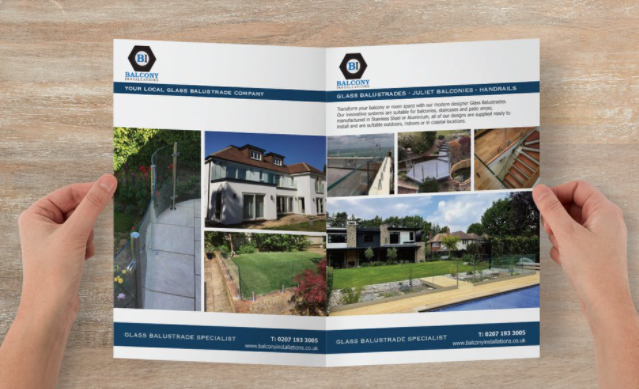Aluminum is anodized through a process that involves the use of an electrolytic solution, an electrical current, and an aluminum part or surface. Here are the basic steps involved in the anodizing process:
- Preparation: The aluminum surface is first cleaned and prepared to remove any dirt, oil, or other contaminants that could interfere with the anodizing process.
- Anodizing bath: The prepared aluminum part is then immersed in an electrolytic bath containing a sulfuric acid solution. The acid solution acts as an electrolyte, and the aluminum part serves as the anode (positive electrode) in the electrochemical reaction.
- Electrical current: A direct current is applied to the anodizing bath, and the aluminum part is connected to the positive terminal of the power source. As a result, a layer of aluminum oxide begins to form on the surface of the part.
- Anodizing process: The thickness of the aluminum oxide layer is controlled by adjusting the voltage and duration of the electrical current. The process can be stopped at any point to produce a desired thickness of oxide layer.
- Sealing: After anodizing, the aluminum part is rinsed in water to remove any remaining acid solution, and then sealed to prevent further oxidation. Sealing can be done through several methods, such as boiling the part in a water bath, immersion in a chemical bath, or through the use of a sealant coating.
The resulting anodized layer on the aluminum surface is hard, durable, and resistant to corrosion, abrasion, and wear. Anodized aluminum is widely used in a variety of applications, including architectural and construction, automotive, aerospace, and consumer products.




